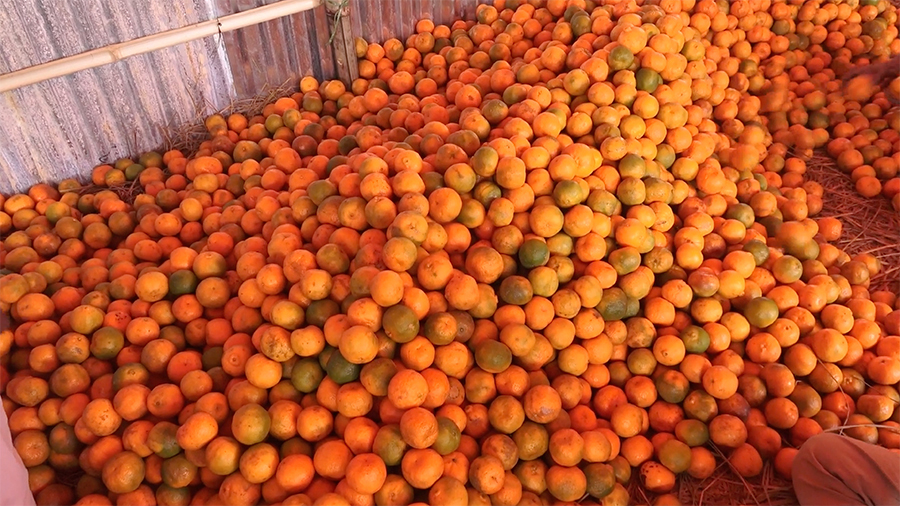
Last year, the country’s orange exports surged to nearly 20,000 metric tonnes, generating over Nu 760 M. This is an increase of more than 30 per cent compared to 2023. However, exporters faced challenges such as shortages of wooden boxes and double toll payments in India.
According to Bhutan Trade Statistics, oranges were the country’s second most exported agricultural commodity.
In 2023, Bhutan exported over 15,000 metric tonnes of oranges to India and Bangladesh, generating nearly Nu 600 M.
Oranges were exported through eight different gateways. They were exported via Gelephu, Nganglam, Phuentshogling, Samdrup Jongkhar, Samtse, Sang-ngag-chhoeling in Samtse, Jomotshangkha in Samdrup Jongkhar, and Lhamoizingkha in Dagana.
Last year, Gelephu exported the highest quantity, with over 9,600 metric tonnes worth more than Nu 385 M.
This was followed by Samdrup Jongkhar, who exported more than 2,500 metric tonnes of oranges worth more than Nu 100 M.
The report indicated that delays in payments from the exporters to sawmills for wooden boxes disrupted production. In response to delayed payments, box deliveries were withheld until full payments were received, leading to shortages of wooden boxes and affecting overall export efficiency.
Moreover, the suspension of FASTag for Bhutanese vehicles travelling through India resulted in double toll payments, thereby increasing overall logistical costs. FASTag is an Indian electronic toll collection system.
Exporters also reported insufficient Indian Rupees to cover their expenditure in India due to restrictions imposed by the Royal Monetary Authority on availing rupees.
To address these challenges and ensure the smooth conduct of orange exports, the Department of Agricultural Marketing and Cooperatives will be conducting a meeting before the coming orange season.
On the other hand, the country imported over 370 metric tonnes of oranges from India, worth more than Nu 45 M.
Deki Lhazom/Jamyang Loday









